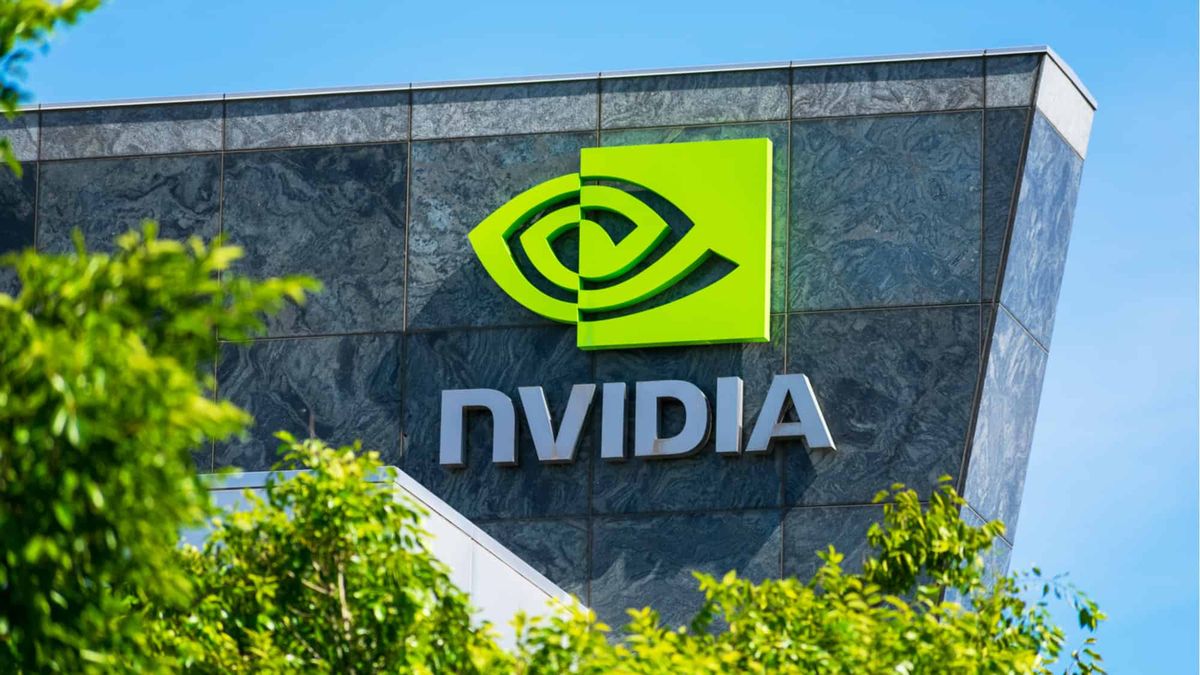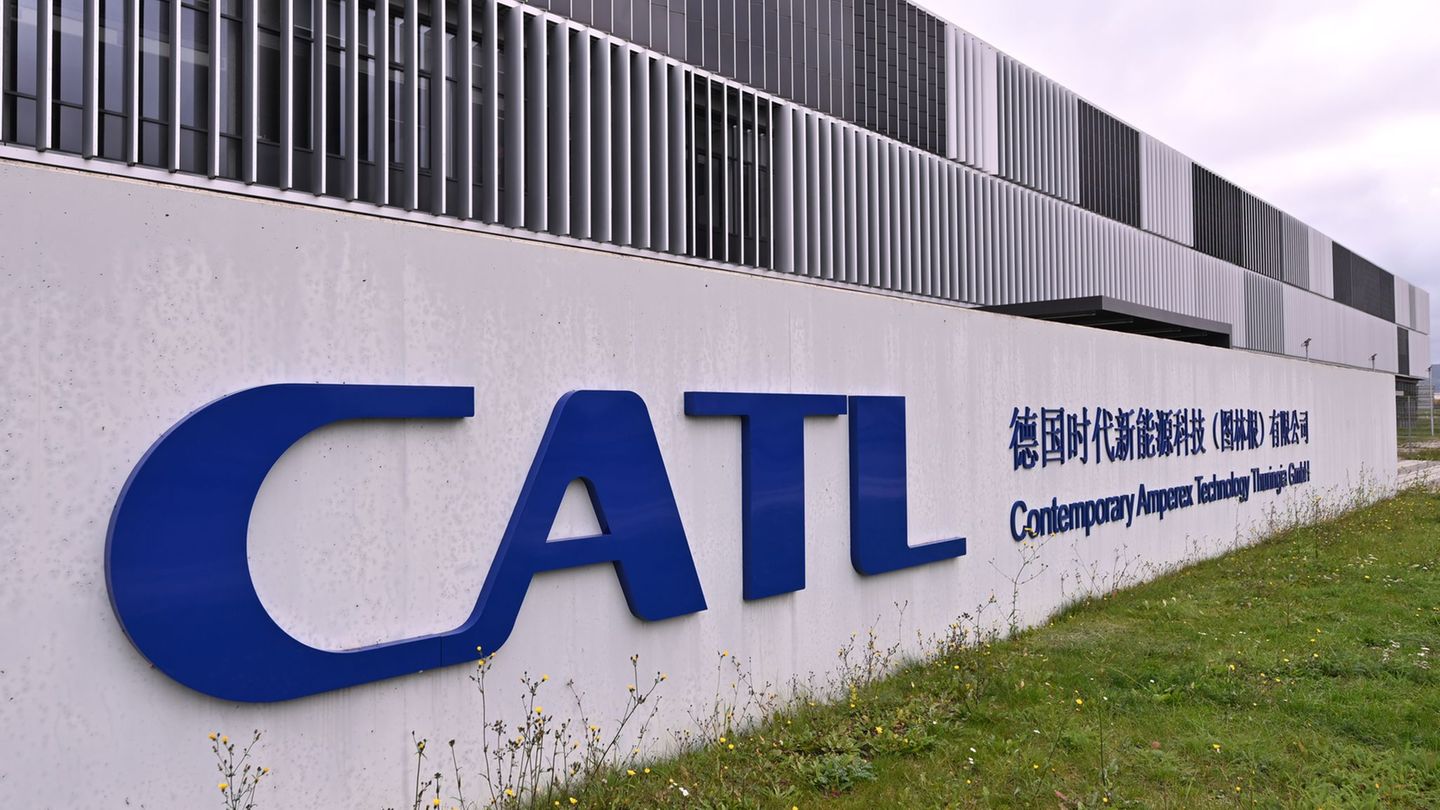Nvidia shares are almost 7% red in the last two days. It is worth remembering that last Friday the stock closed at US$146.67 and this Monday it is trading at US$136.6, a drop of –6.55%. In this Monday’s session the papers of the Artificial Intelligence giant fall more than 3%its steepest daily cut since last October 29, when it lost more than 4%. This has its correlation in the cedars that are listed in the Buenos Aires market, which are also affected by the decline in Contado con Liqui (CCL).
And since 2023 began, Nvidia’s market value has skyrocketed from $360 billion to more than $3.6 trillion, making it the largest listed company to date. This superhuman growth is a result of Nvidia’s AI-powered graphics processing units (GPUs) being the preferred choice for companies operating high-performance data centers.
Analysts at TechInsights estimated that Nvidia’s share of GPU shipments to data centers was 98% in 2022 and 2023. Based on the company’s sales growth over the past two years, it would be reasonable to assume that the H100 GPUs from Nvidia (commonly known as “Hopper”) and its successor’s Blackwell architecture are having no trouble finding buyers.
Nvidia.png
Nvidia has also been able to take advantage of the law of supply and demand. With orders for the next-generation Hopper and Blackwell chips on hold, it has managed to significantly increase the price of its hardware. The roughly $30,000 to $40,000 price tag for the Hopper represents a 100% to 300% premium over what Advanced Micro Devices (NASDAQ: AMD) gets for its MI300X chips for AI-accelerated data centers. .
Nvidia’s CUDA software platform should also be credited for its almost exemplary operational expansion. CUDA is the set of tools that developers use to maximize the potential of their Nvidia GPUs, including building large language models. This platform helped keep customers loyal to Nvidia’s suite of products and services.
While everything seems to be going swimmingly for Nvidia, as its stock performance suggests, a metric in its recently released third-quarter operating results (for the quarter ending October 27) tells a different story.
What data did the last balance show?
This single metric strongly suggests that Nvidia stock has peaked as expected, the more relevant Nvidia metric suggests that the company’s stock may have peaked.
Before buying Nvidia stock, investors will want to consider this: Motley Fool Stock Advisor’s team of analysts just identified what they consider the 10 best stocks to invest in right now, and Nvidia wasn’t one of them. The 10 stocks that made the cut could deliver extraordinary returns for years to come.
However, Nvidia dominates the AI chip market with record growth as its shares approach the $4 trillion mark. The chipmaker’s revenue increased 94%, reaching $35.1 billion in the third quarter of 2024, beating market estimates and proving that its AI strategy is working.
This success cements Nvidia as the world’s leading chipmaker, with its AI-powered investments generating strong gains in the market. However, the stock needs a 14% rise to reach $4 trillion. With cutting-edge technology, market control and smart planning, further growth seems likely, although chip supply risks and political risks must be monitored.
Buy the dip
For those who consider that Nvidia is a solid company and that its shares still have upside potential, this may be a good opportunity to buy the fall and take advantage of it to expand or build positions in the AI giant.
The term “buy the dip” refers to the strategy of investing in stocks or assets whose price has fallen, under the premise that they will eventually recover and offer an opportunity for profits. Before applying this strategy, it is essential to carry out an analysis of the fundamentals of action to determine if the asset has the potential to recover its value. Some key questions investors should consider include:
- Does the company have a solid business model?
- Are revenues and profits consistent?
- Is debt under control?
The combination of these characteristics allows us to identify opportunities where the drop in price is a temporary reaction, rather than a reflection of structural problems.
Source: Ambito
I’m a recent graduate of the University of Missouri with a degree in journalism. I started working as a news reporter for 24 Hours World about two years ago, and I’ve been writing articles ever since. My main focus is automotive news, but I’ve also written about politics, lifestyle, and entertainment.




